How many steps do unmanned farms need to take to step out of the 'experimental field'?

source:Jiangsu Three& three
Release time:2025-05-06
In the current accelerating process of agricultural modernization, unmanned farms, as the forefront form of smart agriculture, are gradually moving from conceptual ideas to practical applications. Jiangsu Three&three has launched an unmanned field solution, which is like a bright light, pointing out the direction for unmanned farms to step out of the "experimental field" and achieve large-scale promotion. This scheme comprehensively uses remote sensing technology, GIS (geographic information system), Internet of Things, the Internet and other cutting-edge information technologies to build a complete system consisting of monitoring and early warning system, intelligent control system and artificial intelligence platform, and is committed to creating a truly unmanned farm.
So, how many steps do unmanned farms need to take to step out of the 'experimental field'? Let's explore the answer from the practice of unmanned fields in Jiangsu Three&three.
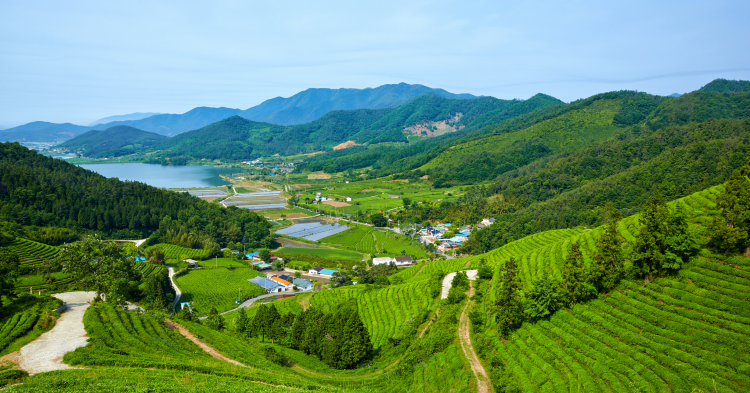
Step 1: Building an intelligent perception and decision-making "brain" - constructing a monitoring, warning, and artificial intelligence platform
The primary task for unmanned farms to achieve unmanned operations is to build a "brain" that can accurately perceive the field environment, crop growth status, and make scientific decisions. In the Jiangsu Three&three unmanned field solution, the monitoring and early warning system and artificial intelligence platform play an important role.
The monitoring and early warning system, with the help of remote sensing technology and IoT devices, is like laying an invisible "perception network" in the field. It can collect real-time and accurate environmental data of the field, such as soil moisture, temperature, nutrient content, as well as information on crop growth height, leaf area index, and the occurrence of pests and diseases. These data are transmitted through the Internet of Things to an artificial intelligence platform, which utilizes advanced data analysis algorithms and machine learning models to deeply mine and analyze the massive amount of data collected.
For example, in the field of pest and disease warning and prevention, artificial intelligence platforms can predict the occurrence trend of pests and diseases in advance and issue timely warnings through the recognition of pest and disease images, analysis of historical data, and correlation with environmental factors. At the same time, based on the type and severity of pests and diseases, the platform can also provide precise prevention and control recommendations for growers, including the type, concentration, and spraying time of pesticides used. This data-driven decision-making approach eliminates the subjectivity of relying on experience in traditional agriculture, greatly improving the timeliness and effectiveness of pest control, and laying a solid foundation for the stable operation of unmanned farms.
Step 2: Create a precise execution "arm" - improve the intelligent control system
With an intelligent 'brain', precise 'arms' are also needed to translate decisions into actual actions. The Jiangsu Three&three intelligent control system is the execution core of unmanned farms, responsible for precise control of irrigation, fertilization, ventilation and other equipment in the field based on instructions issued by the artificial intelligence platform.
Taking irrigation as an example, the intelligent control system can automatically determine the water demand of crops based on the feedback data from soil moisture sensors, and accurately control the switch and flow of irrigation equipment to achieve on-demand irrigation. This not only avoids the waste of water resources, but also ensures that crops grow under suitable water conditions, improving the efficiency of water resource utilization. In the fertilization process, the system can automatically adjust the type and amount of fertilizer based on soil nutrient content and crop growth stage. Through precise application of fertilizer equipment to crop roots, precise fertilization can be achieved, reducing excessive use of chemical fertilizers and minimizing environmental pollution.
The intelligent control system also has remote monitoring and operation functions. Growers can view the real-time situation of the field anytime and anywhere through terminal devices such as mobile phones or computers, and remotely control the equipment. This convenient control method makes the operation of unmanned farms more flexible and efficient, ensuring the orderly progress of various agricultural operations even in unmanned environments.
Step 3: Achieve efficient collaborative "operations" - integrate unmanned agricultural machinery groups for farming management and harvesting
The core of unmanned farms lies in unmanned operations, and the key to achieving this goal is to integrate farming, management, and harvesting unmanned agricultural machinery groups, so that they can efficiently and collaboratively complete various agricultural tasks like a well-trained "army".
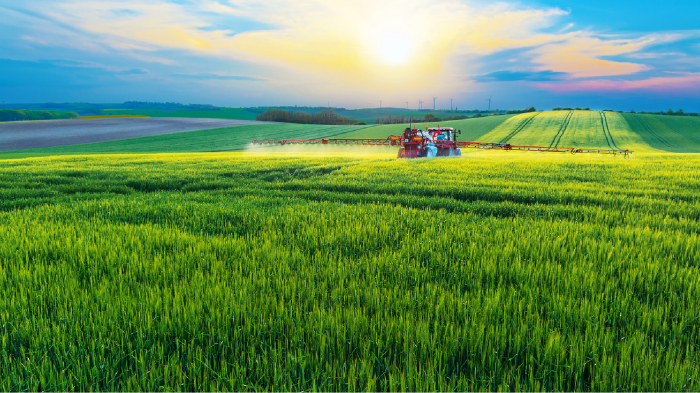
In the Jiangsu Three&three unmanned field solution, the farming and harvesting unmanned agricultural machinery group covers the entire process of agricultural machinery from cultivation, sowing, fertilization, pesticide application to harvesting. These agricultural machines are equipped with advanced auto drive system, sensors and communication equipment, which can interact with the intelligent control system in real time. During the homework process, they can automatically complete various operations according to preset paths and tasks, and can coordinate with each other to avoid collisions and repetitive tasks.
For example, in the sowing process, unmanned seeders can accurately sow seeds into the soil based on pre-set sowing density and row spacing, ensuring uniformity and accuracy of sowing. During the harvesting season, unmanned harvesters can automatically recognize the maturity of crops and efficiently complete tasks such as harvesting, threshing, and bagging, greatly improving harvesting efficiency and quality. By integrating unmanned agricultural machinery groups, unmanned farms have achieved a transformation from traditional manual labor to mechanized, automated, and intelligent operations. This not only improves production efficiency and reduces labor intensity, but also reduces the impact of human factors on agricultural production, ensuring the stability and consistency of agricultural product quality.
Step 4: Build a standardized management "system" - unify the management of all aspects of the field
To achieve large-scale promotion of unmanned farms, a standardized management system must be established to unify the management of environmental monitoring, agricultural operations, pest and disease warning and control, cultivation modes, growth models, etc. in the field.
The Jiangsu Three&three unmanned field solution provides useful reference in this regard. In terms of environmental monitoring, unified data collection standards and specifications have been established to ensure comparability and accuracy of data collected in different regions and at different times. In the agricultural operation process, standardized operating procedures and standards have been developed based on the growth patterns of crops and the climatic characteristics of different regions, such as sowing time, fertilizer application rate, irrigation frequency, etc., to make the production process of unmanned farms more standardized and scientific.
For the early warning and prevention of pests and diseases, as well as cultivation models, by establishing databases and expert systems, the successful experience of different pest and disease prevention methods and various cultivation models can be integrated and promoted. Growers can choose suitable prevention and control plans and cultivation modes in the system based on actual conditions, which improves the pertinence and effectiveness of production. Meanwhile, by establishing and optimizing growth models, it is possible to more accurately predict the growth trend and yield of crops, providing scientific basis for agricultural production decisions.
The transition of unmanned farms out of the "experimental field" is not achieved overnight. It requires the construction of intelligent perception and decision-making "brains", the creation of precise execution "arms", the realization of efficient collaborative "operations", and the construction of standardized management "systems" and other collaborative steps. The Jiangsu Three&three unmanned field solution provides a successful example, demonstrating the enormous potential of deep integration of information technology and agriculture. With the continuous advancement of technology and the continuous promotion of applications, it is believed that unmanned farms will take root on a wider land, injecting new powerful impetus into the modernization of agriculture in China and accelerating the country's transition from an agricultural power to an agricultural powerhouse.
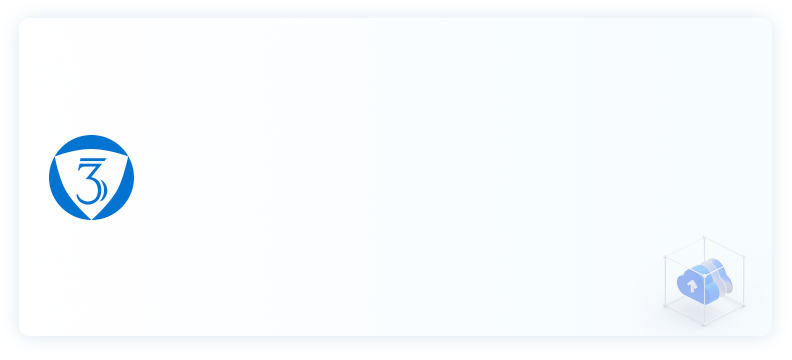
Digital Intelligence Empowers Agriculture to Help China Influence the World
JIANGSU THREE & THREE INFORMATION TECHNOLOGY CO., LTD. is a national level specialized and innovative small giant enterprise with agricultural industry digital brain, agricultural AI big model, agricultural industry model, and agricultural intelligent terminal equipment products as its core. For a long time, we have taken the industrial Internet thinking to build agriculture, rural areas and farmers. We have successfully implemented more than 580 key projects and more than 25000 customer enterprises.
Correlation dynamics
More services and support
solution
More

-
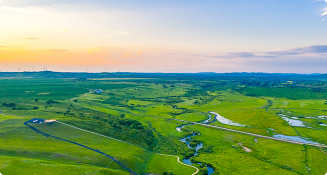
Integrated Agricultural Service Center Solution
Central kitchen solution
Integrated solution for planting and breeding
Blockchain traceability solution
Unmanned tea plantations solution
Unmanned orchard solution
Unmanned field solution
Unmanned facility solution
Unmanned livestock and poultry solution
Unmanned aquaculture solution

 Corporate
Corporate

 Worldwide
Worldwide
 Technology empowers agriculture, enabling humans to eat better
Technology empowers agriculture, enabling humans to eat better
 Contact Us
Contact Us

 WeChat
WeChat
 Cooperation
Cooperation

 WeChat official account
WeChat official account
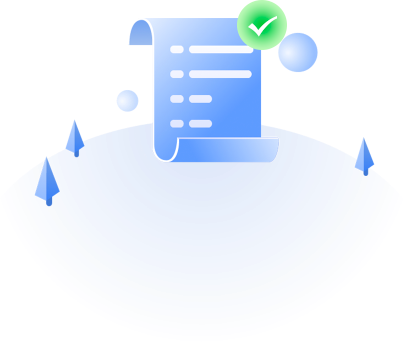 Submit successfully
Submit successfully
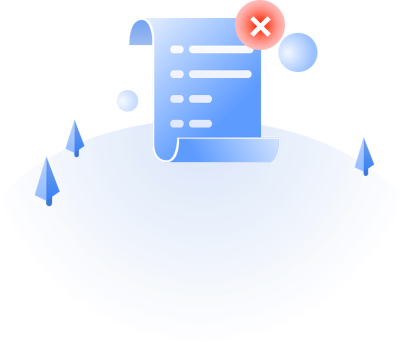 Commit failure
Commit failure